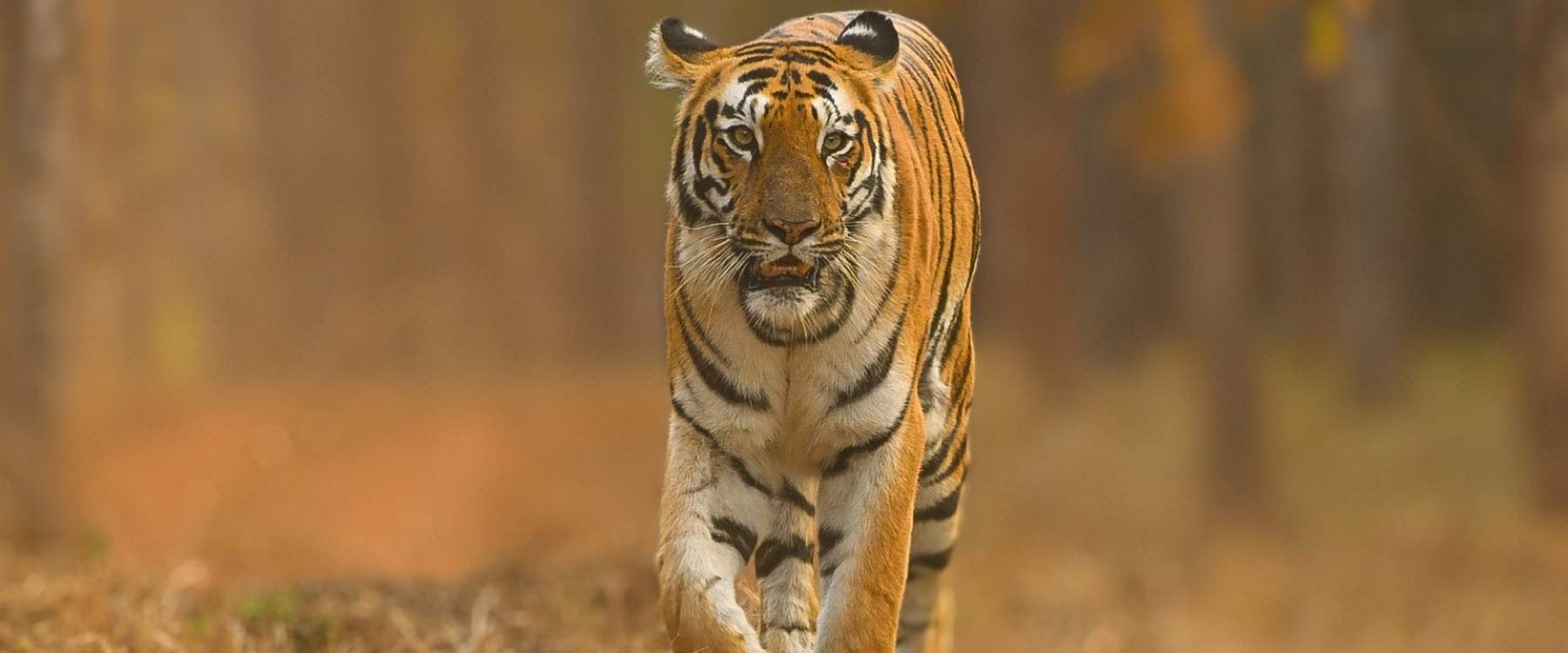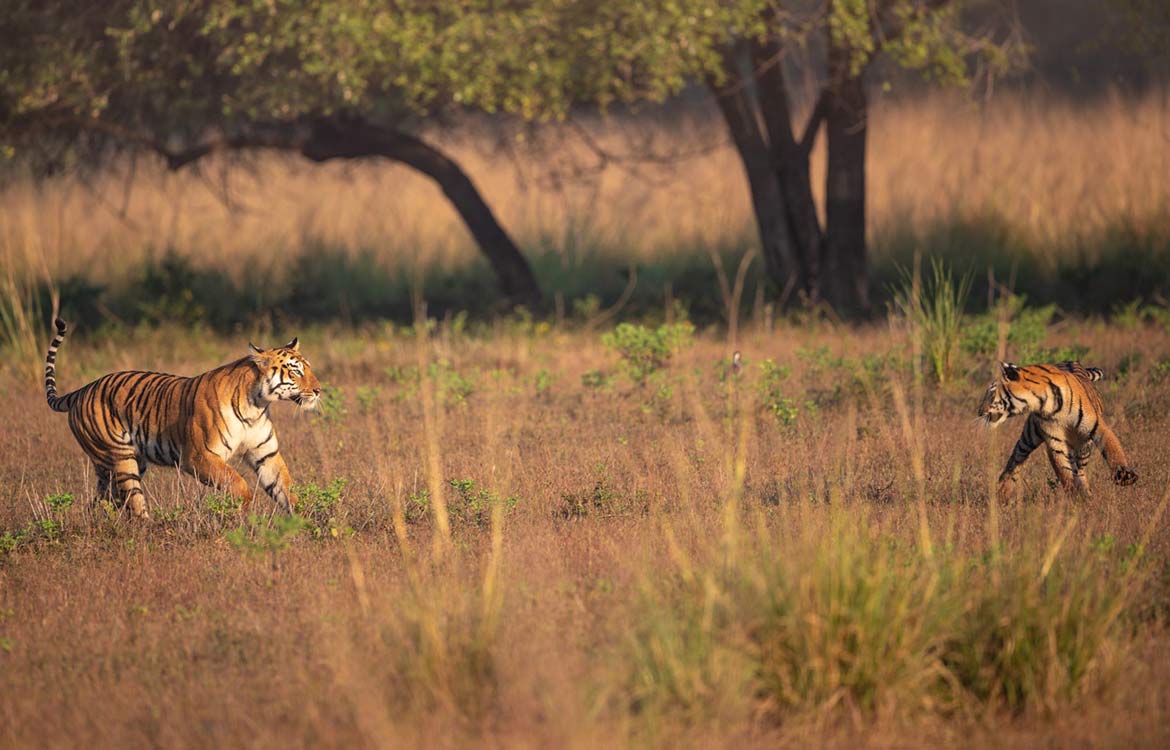Tadoba Andhari Tiger Reserve
The Land of Taru & Tigers
One of the largest wildlife parks in the state of Maharashtra, Tadoba is known for some of the best tiger sightings in India. An amalgamation of Tadoba National Park, which was formed in 1955 and the Andhari Wildlife Sanctuary, formed in 1986, Tadoba Andhari Tiger Reserve was founded in 1995 by combining them together.
The name ‘Tadoba’ refers to the God worshipped by the indigenous tribes of the region while ‘Andhari’ has been taken from the river Andhari that flows through the forest. Tadoba traces its roots back to the Gond tribes that made this region their home.
Location & Coordinates of Tadoba Andhari Tiger Reserve (TATR)
| Longitudes | 190 59’27” to 200 29’44” |
|---|---|
| Latitudes | 790 11’50” to 790 40’54” |
Area of Tadoba Andhari Tiger Reserve
| Core zone (critical tiger habitat) | 625.40 sq. km. (including 14.93 sq. km. non-forest area) |
|---|---|
| Buffer zone (peripheral area) | 625.40 sq. km. (including 14.93 sq. km. non-forest area) |
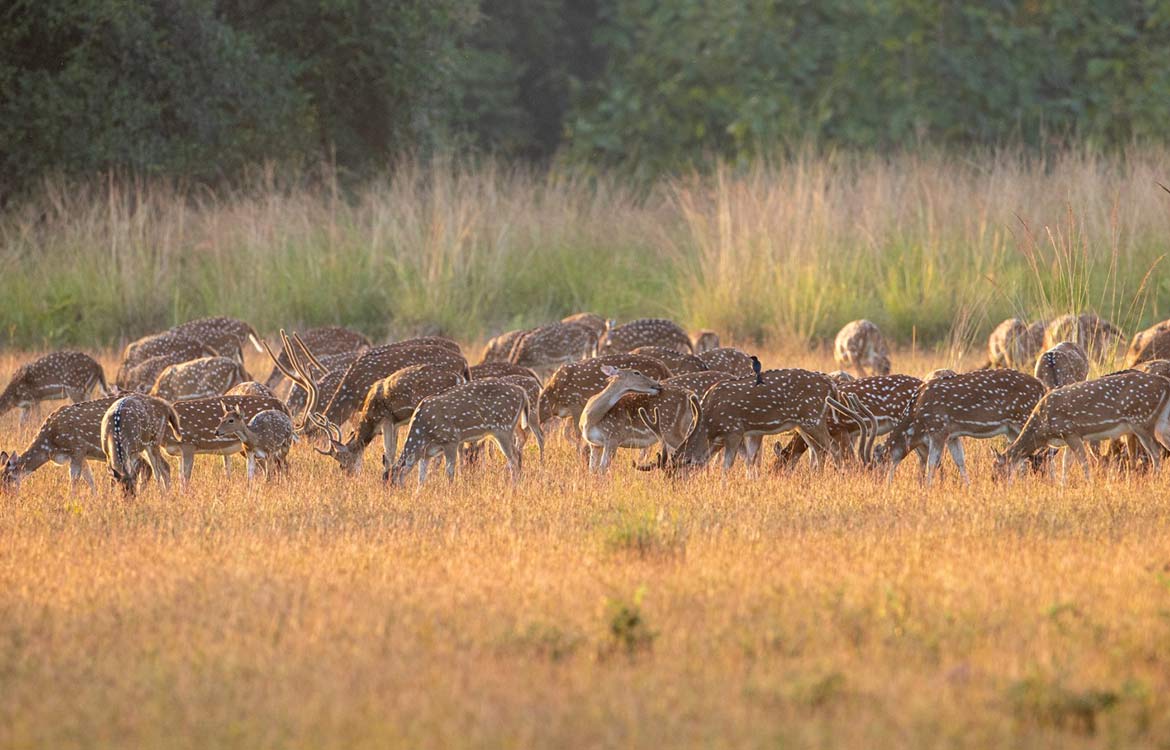
Did You Know?
In the Moharli region going towards Tadoba, one can see the pillars constructed by Gond kings in the 16th century. These are almost 9 feet tall structures that taper at the top. The distance between each of the pillar is the same. They are one of the oldest forms of organised communication. The legend has it that they had a ring on top from which the rope used to go through which was connected between the king’s place and the temple. Anytime the king was travelling to the temple, it used to serve as his personal telegraph to intimate them of his arrival.
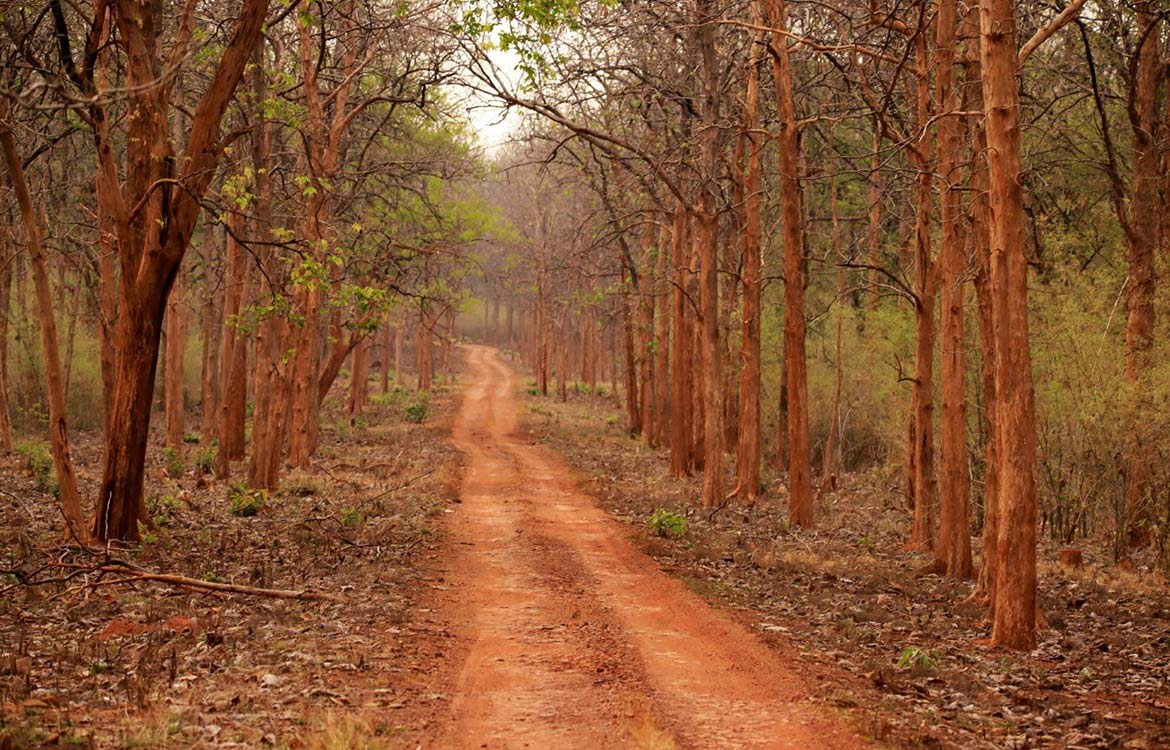
Flora
Falling in the Deccan peninsula, TATR is a southern tropical dry deciduous forests. Covering a vast expanse of over 1700 sq. km., it’s diverse habitat ranges from dense woodlands to rivers and water-bodies, interspersed with riparian forests, marshes and towering hills.
Over 650 species of flowering plants have been recorded in the region. Teak is the predominant species followed by bamboo thickets that cover appx. 40% of the area. Other deciduous trees include Semal (cotton tree), Tendu (East Indian Ebony), Salai, Bija, Saja (Crocodile Bark Tree), Dhauda, Bheria, Beheda and Palash.
In some of the moist areas, you can also find trees like Arjun, Mango, Axelwood and Jamun. Most of these trees and their parts have usage in traditional medicine and day to day lives of the indigenous people. Bamboos are used to weave a variety of baskets, bheria leaves are used as insect repellents while Beheda too is used for medicinal purposes.



Did You Know?
Gonds, the indigenous tribe of the region, venerate animals and plants. Saja tree is often worshipped and is considered to be the abode of the local village mother goddess.
Fauna
The domain of the majestic Royal Bengal Tiger, this park is also home to other mammals like Indian Leopards, Dhole, Striped Hyenas, Jackals, Sloth Bears, Gaur, Nilgai, Sambhar Deer, Barking Deer, Chausingha, Spotted Deer and Honey Badgers.
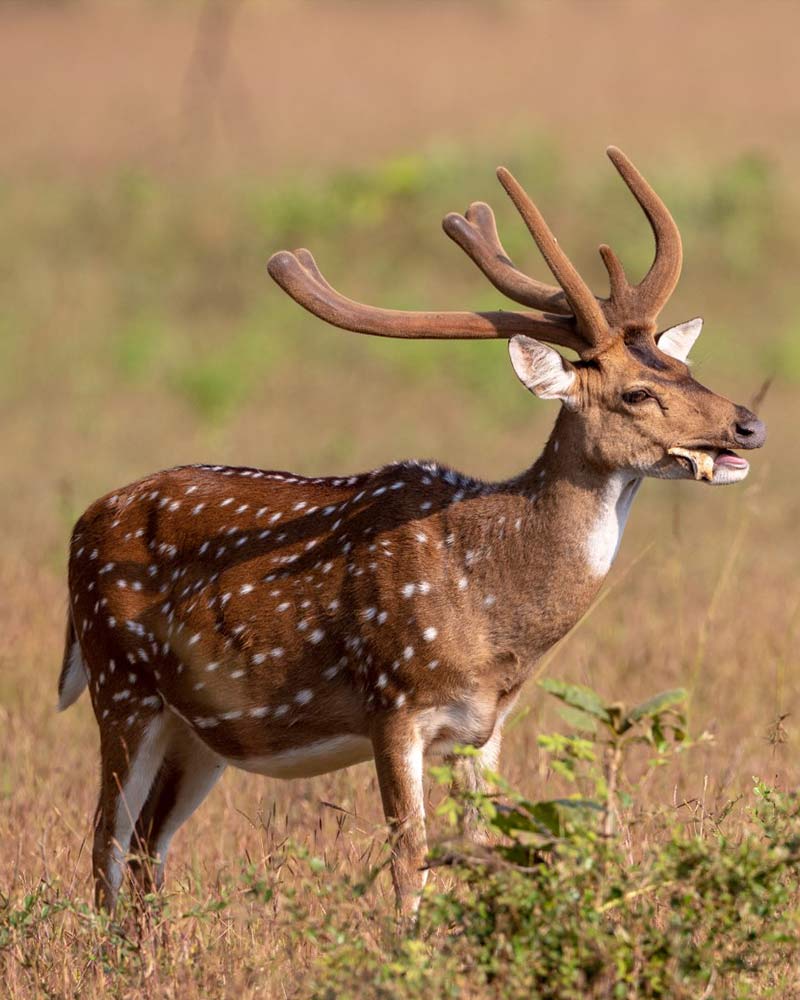
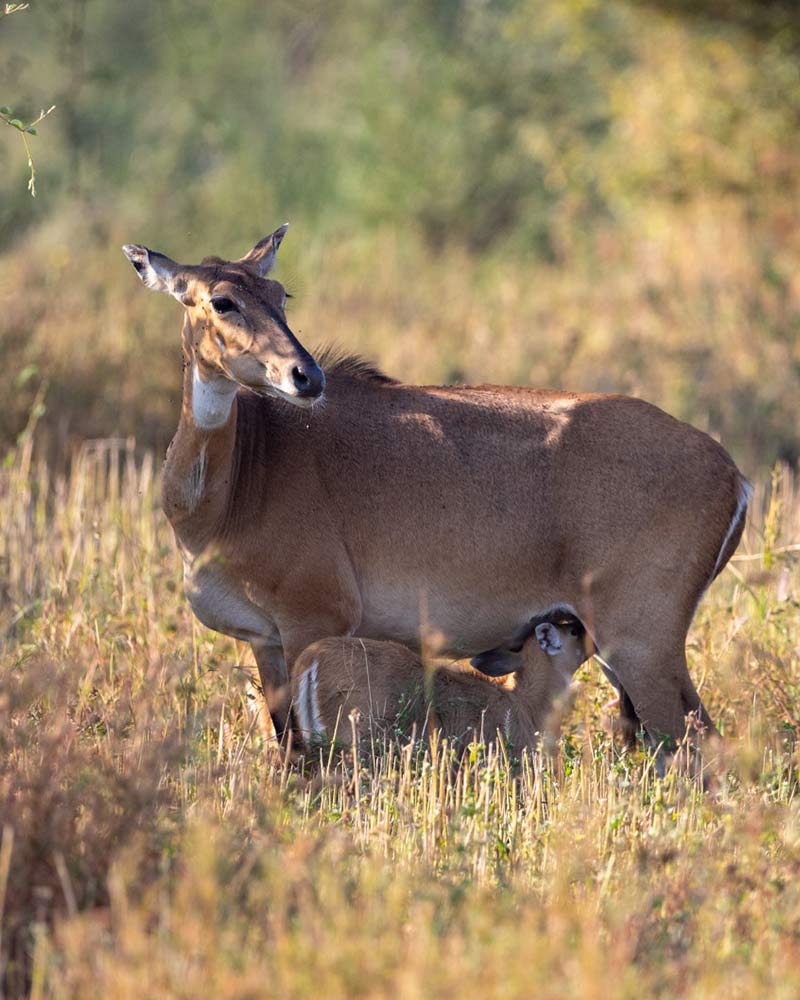
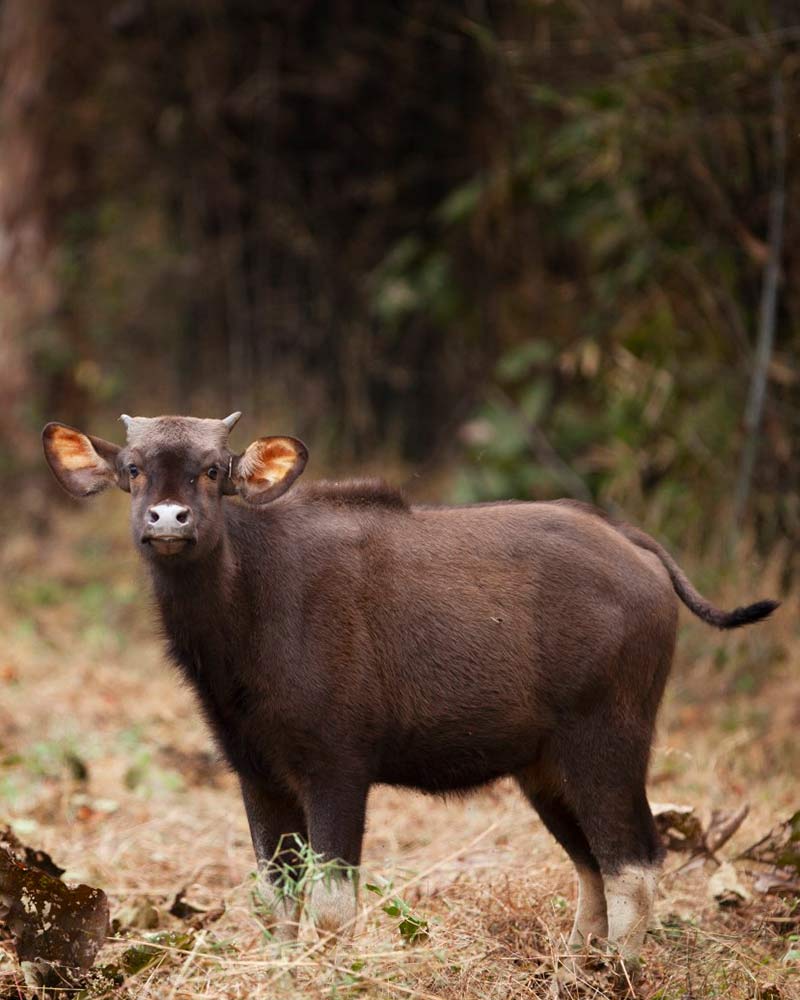
There has also been rare sightings of a black leopard (commonly called black panther) in the park, since May 2018. Black panther is a melanistic colour variant of the leopard which is caused by a recessive allele (a variant of a gene) in the leopards. It is believed that this offers a selective advantage in the dense forests which are evergreen and tropical where the light levels are lower. Therefore to sight this cat in a dry deciduous forest like TATR is extremely rare but as we all know, nature does work in perplexing ways. The melanism in this particular leopard is partial and does not obscure its rosettes fully. At this point, we do not know whether this leopard has any added mating or predatory advantages however it makes for a marvellous sighting.
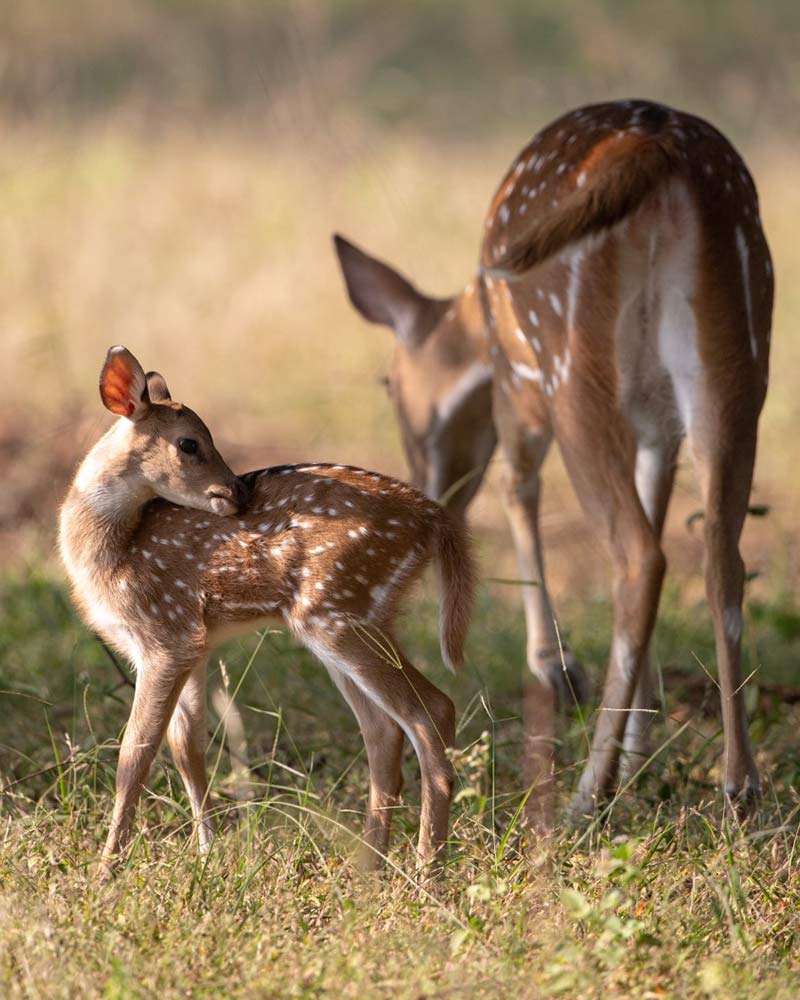
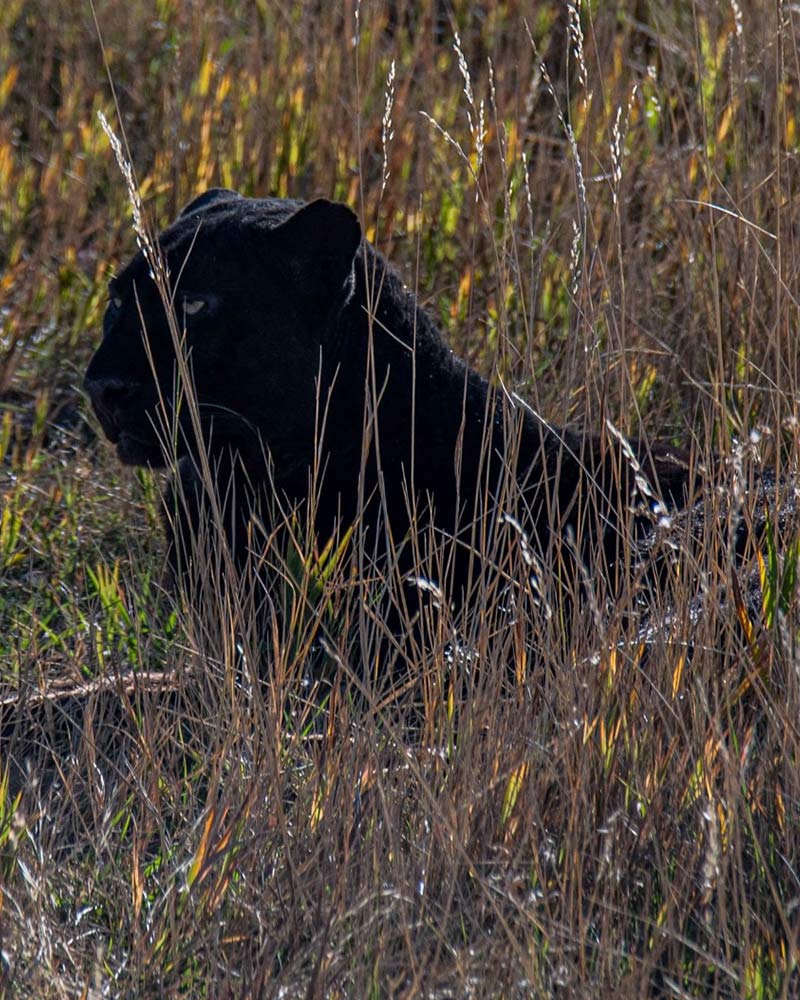
Avian Population
280 species of avian population have been recorded including a couple of endangered ones. Some of the common birds sighted are Indian Pitta, Paradise Flycatcher, Orange-headed Thrush, Stone Curlew, Bronze-winged Jacana, Warblers, Lesser Golden-backed Woodpecker, Bar Headed Goose, Black Stork, Lesser Adjutant Stork, Brahminy Duck, House Sparrow, Indian Robin and many more. The Crested Serpent Eagle, Changeable Hawk Eagle and Grey Headed Fish Eagle are some of the raptors that can be observed in the park.
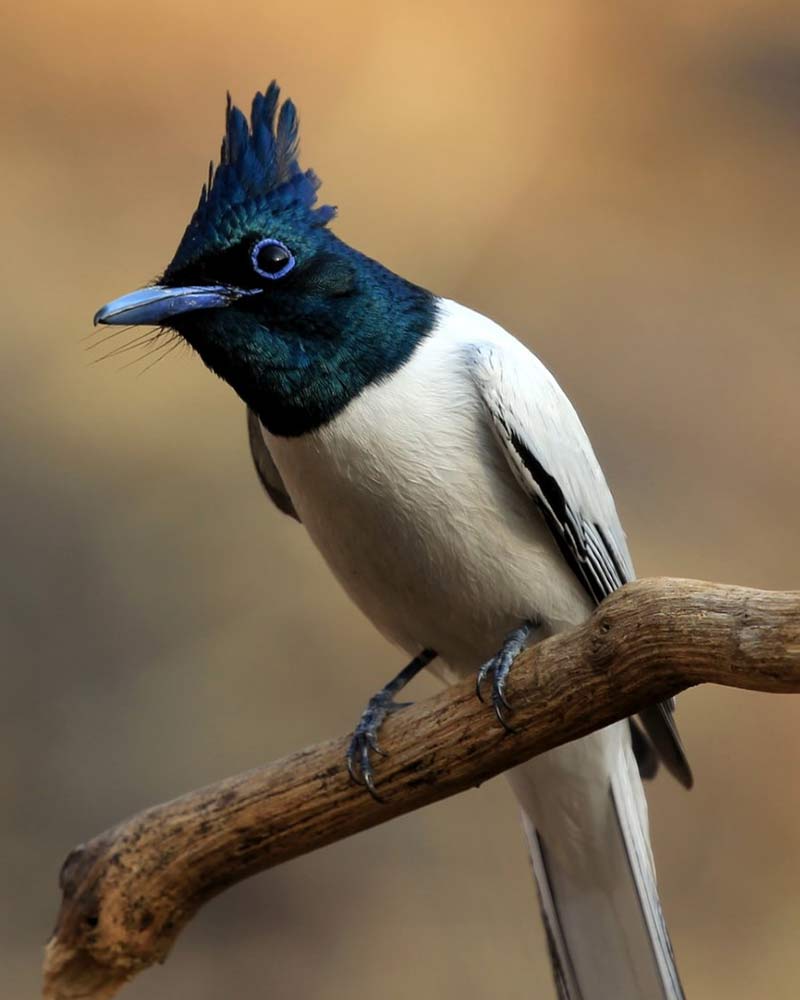
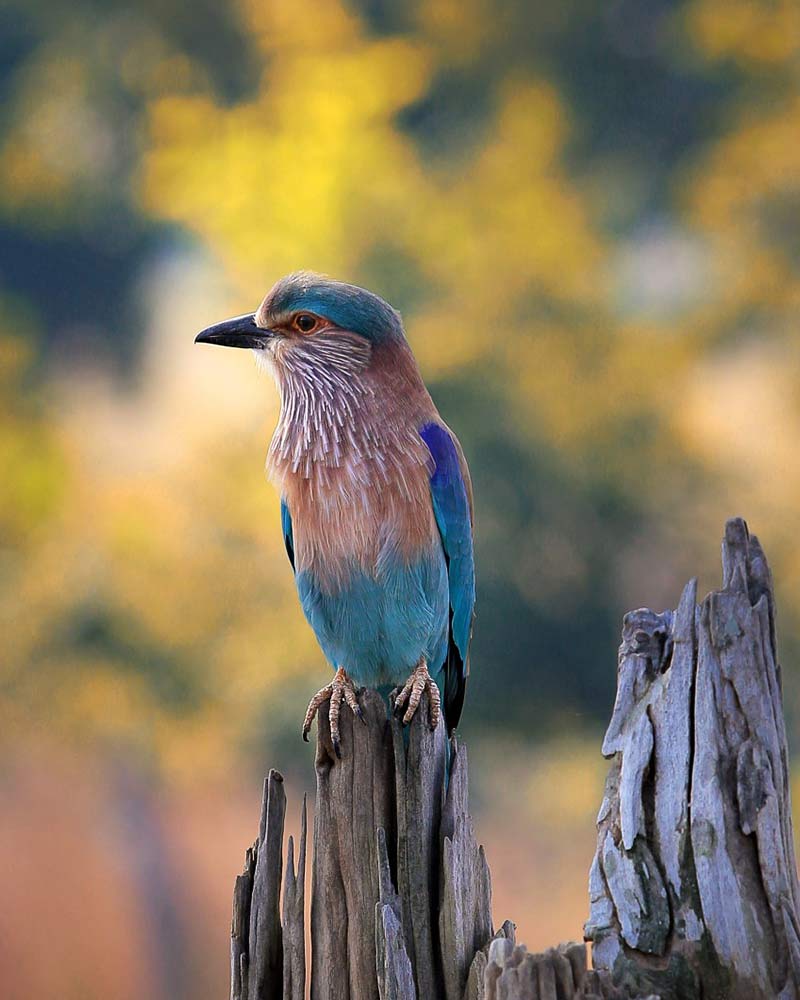
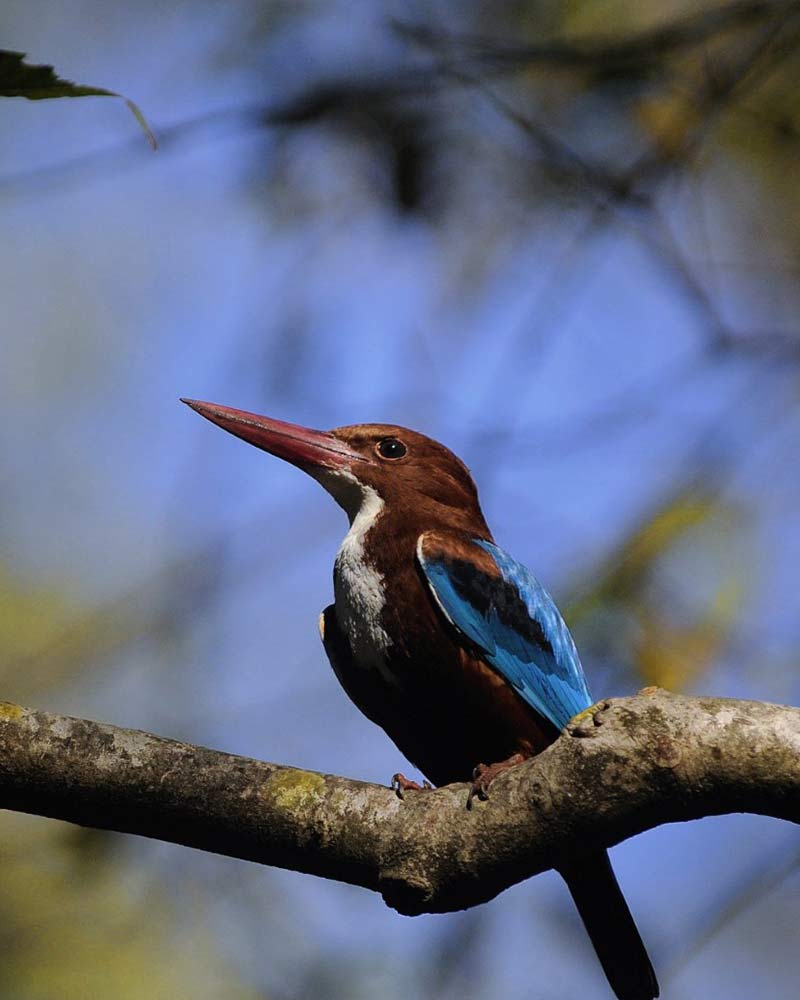
Other Fauna
Presence of water bodies like River Andhari, Tadoba Lake and the backwaters of Lake Irai also houses Marsh Crocodile, over 84 species of fishes and a variety of amphibians. The park also has a rich population of reptiles like the endangered Indian Python, Indian Star Tortoise, Indian Cobra and Russel’s Viper. One can also find over 74 species of butterflies like monarchs, pansies and mormons.
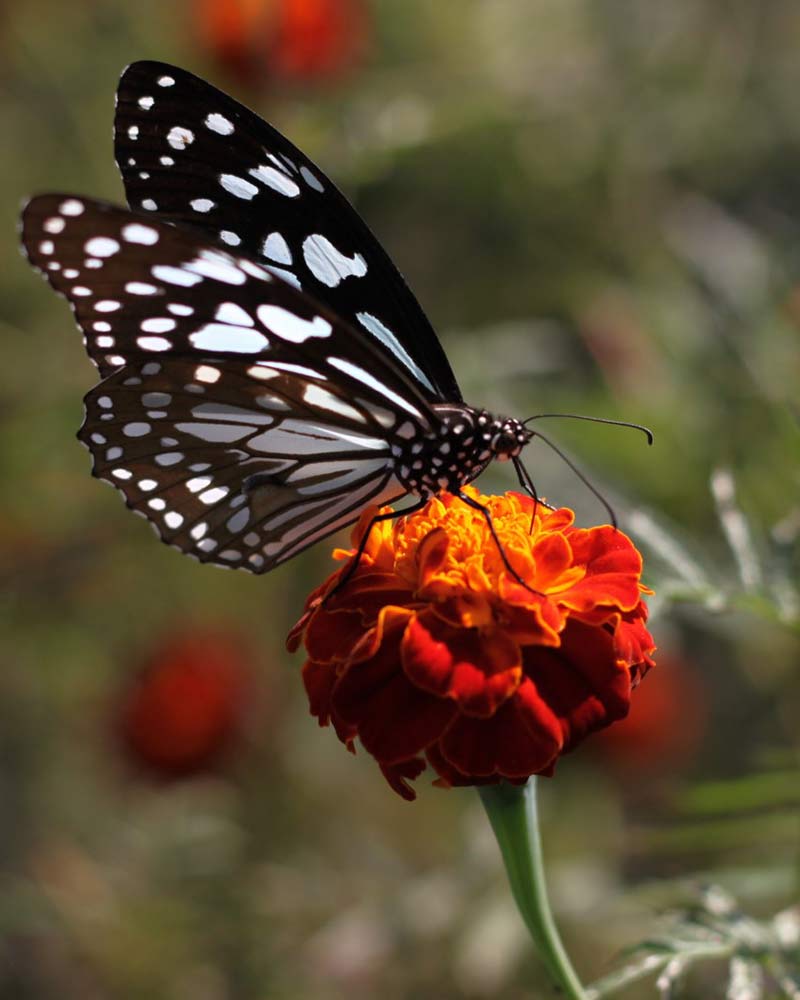
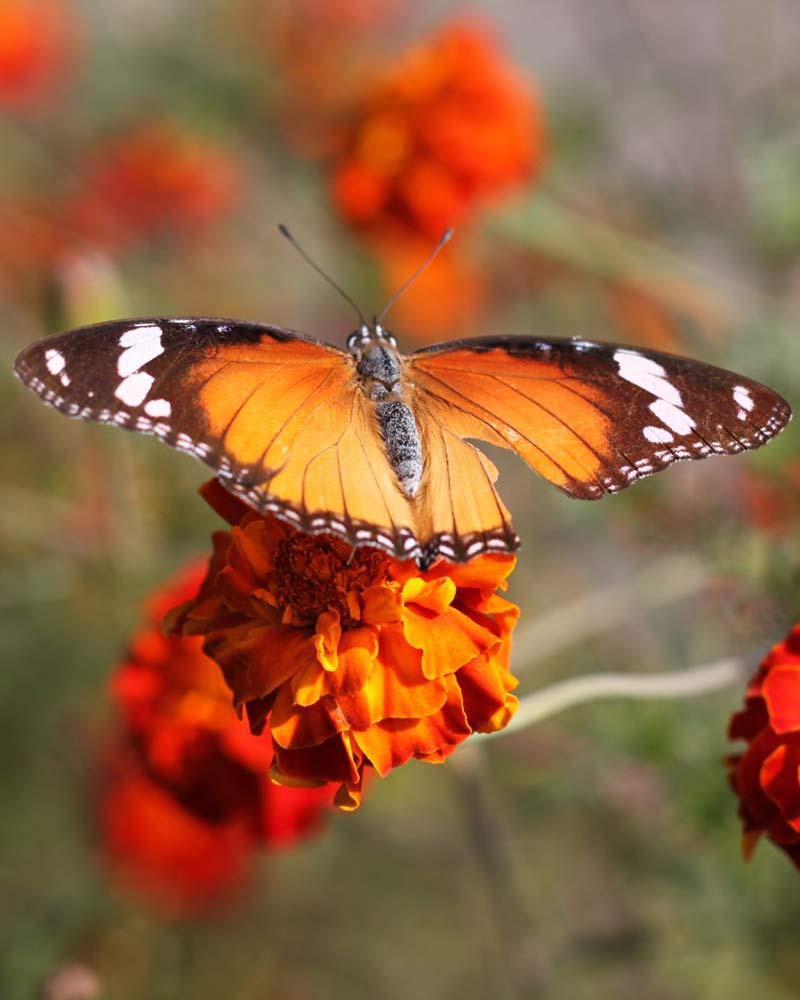
While chasing the keystone species, we often forget to observe and look out for micro fauna. The park is also a home to many of the endangered insects like Great Eggfly and Danaid Eggfly. Some of the other insects that can often be seen are Dragonflies, Praying Mantis and Jewel Beetles.
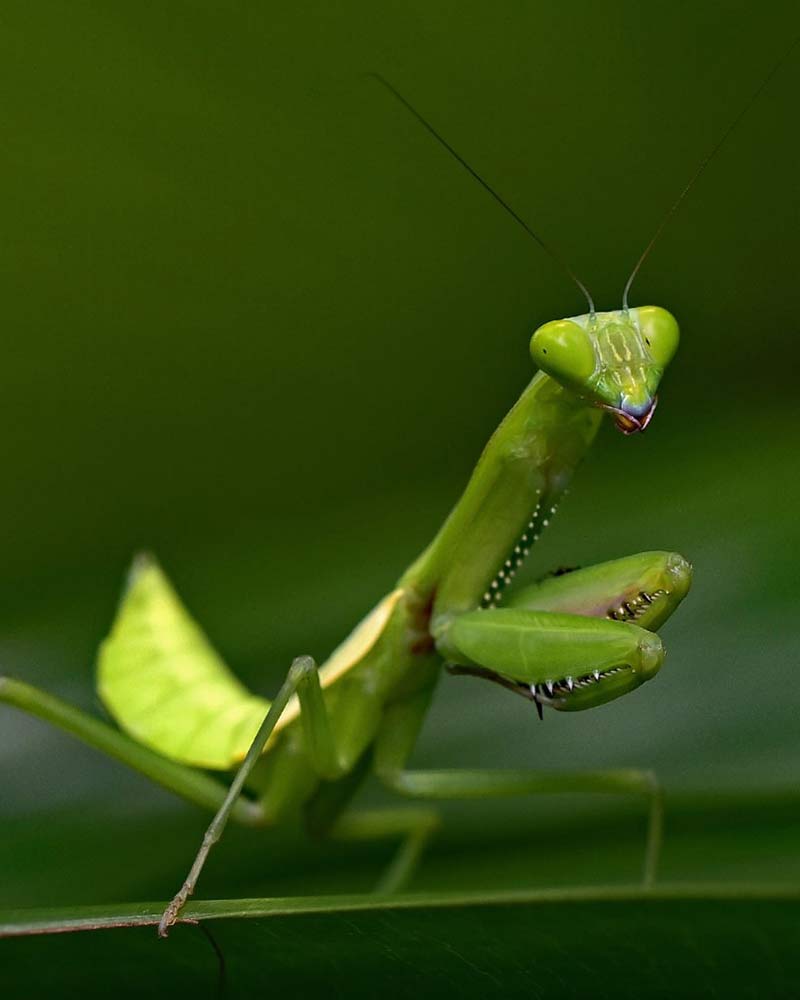
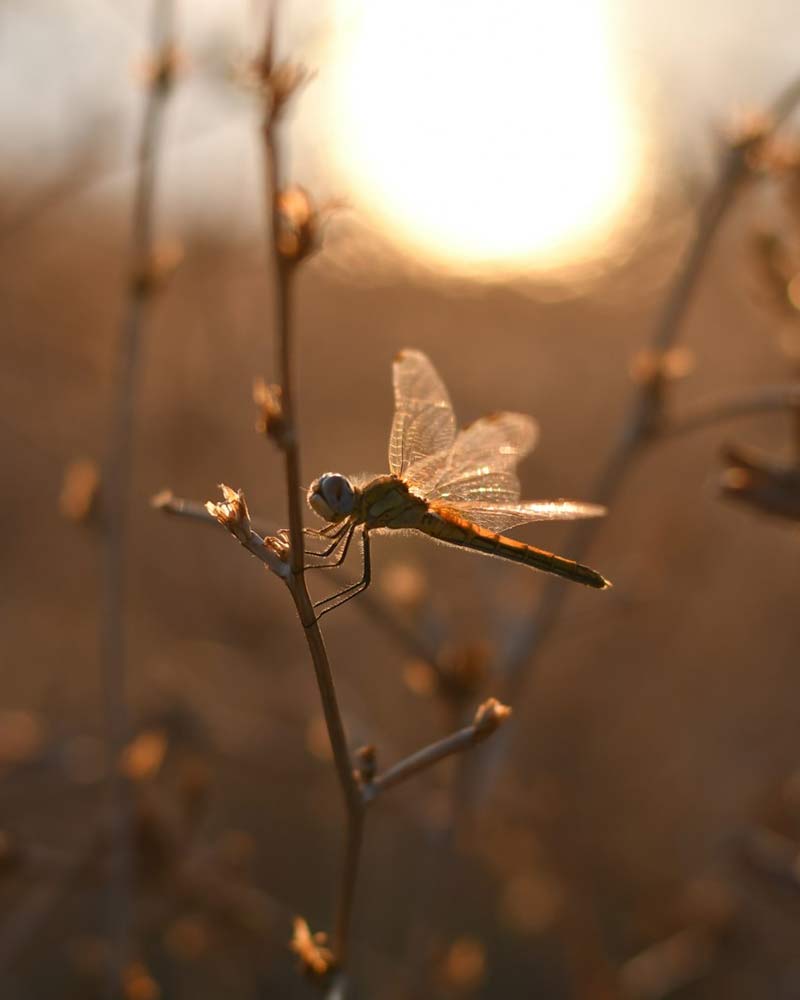
Did You Know?
Tiger is worshipped as a deity by the Gonds, the local tribe of the area. Small shrines can still be seen in the nearby villages or on the roads leading upto the area. Many such customs and traditions are attributed to the peaceful coexistence with nature and wildlife.
Zones inside Tadoba Andhari Tiger Reserve
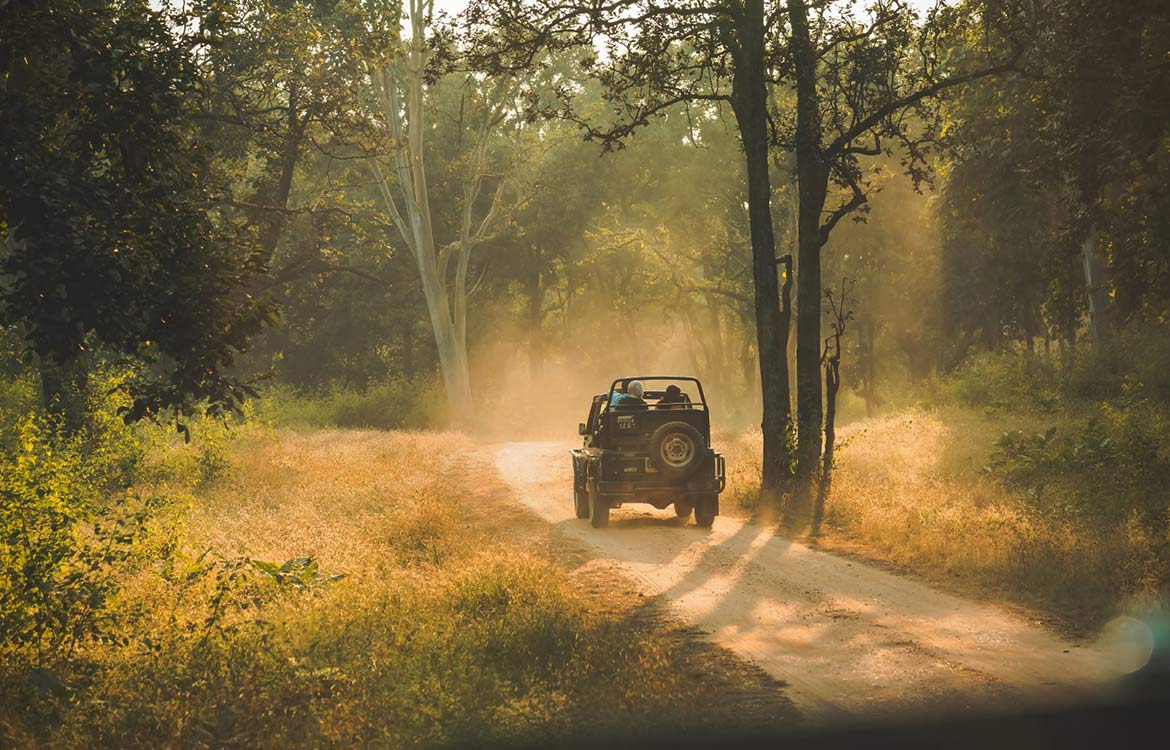
Core Zones
A high density of tigers along with best forest tracks and a high prey base makes Tadoba National Park one of the best places to see the tigers in the wild. The core zone is divided into 4 safari zones – Moharli, Pangadi and Zari Zone, Kolara Zone, Navegaon Zone.There are six separate entry gates for these zones: Moharli, Khudbanda (Khutwanda), Kolara, Navegaon, Pangdi, Kholsa- Zari and Navegaon Gate.
It should be kept in mind that due to Tadoba being quite a large park, the gates are at quite a distance from each other. For example, the distance between Kolara and Moharli gate is 100 kms which takes appx. 2.5 hours to cover. Similarly the distance between Moharli to Pangadi and Zari Zone and to Navegaon Zone is 75 kms. appx. which takes almost two hours by road. Therefore for a better experience, book the safari at the park gates which are closest to where you are staying.
Moharli and Tadoba zones are the most sought after zones due to a higher probability of sightings, both of which are accessible from Moharli and Khudbanda gates. The guests at Tadoba Jungle Camp benefit from the lodge’s proximity to the Moharli Gate being just a ten minute drive. Khudbanda gates too are accessible from the lodge but is at an appx. thirty minute drive.
Activities for Tourists Inside the Core Zones
 Safari drives: Morning, Evening, Full Day Safaris
Safari drives: Morning, Evening, Full Day Safaris
The entry and exit timings of jeep safaris differ according to the various seasons.
Travel Tip
Since TATR is one of the sought after parks, do ensure that you make your travel plans atleast four months in advance which gives you ample time to book safari tickets of the more sought after gates.

Buffer Zones
Contrary to the popular belief, buffer area in Tadoba too offer great sightings of the keystone species – the mighty Royal Bengal Tiger. There are often marvellous sightings of other wildlife like leopards too. There are 16 buffer gates most of which are located around the core gates. The buffer gates near the most sought after Moharli gates are:
| Name of the Gate | Distance from Tadoba Jungle Camp |
|---|---|
| Junona Gate | 5 kms. |
| Agarzari Gate | 7-8 kms. |
| Adegaon Gate | 7-8 kms. |
| Devada Gate | 7-8 kms. |
| Mamla Gate | 50-60 kms. |
Activities for Tourists Inside the Buffer Zones
 Safari drives: Morning, Evening and Night Safaris. The entry and exit timings of jeep safaris differ according to the various seasons.
Safari drives: Morning, Evening and Night Safaris. The entry and exit timings of jeep safaris differ according to the various seasons.  Nature Trails: guided walking tours
Nature Trails: guided walking tours
There are many other activities that are initiated by the forest department in and around the park area
 Safari
Safari  Kayaking
Kayaking  Machan Stay
Machan Stay  Loghut Stay
Loghut Stay  Butterfly World
Butterfly World
To know more about these experiences click here.
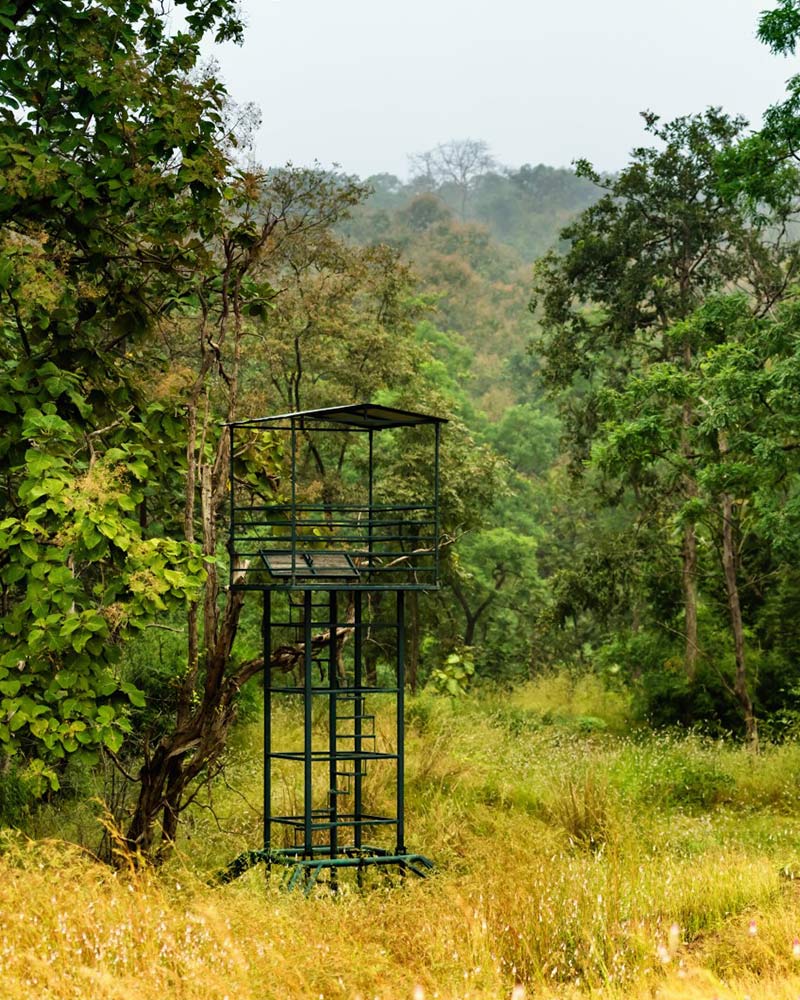
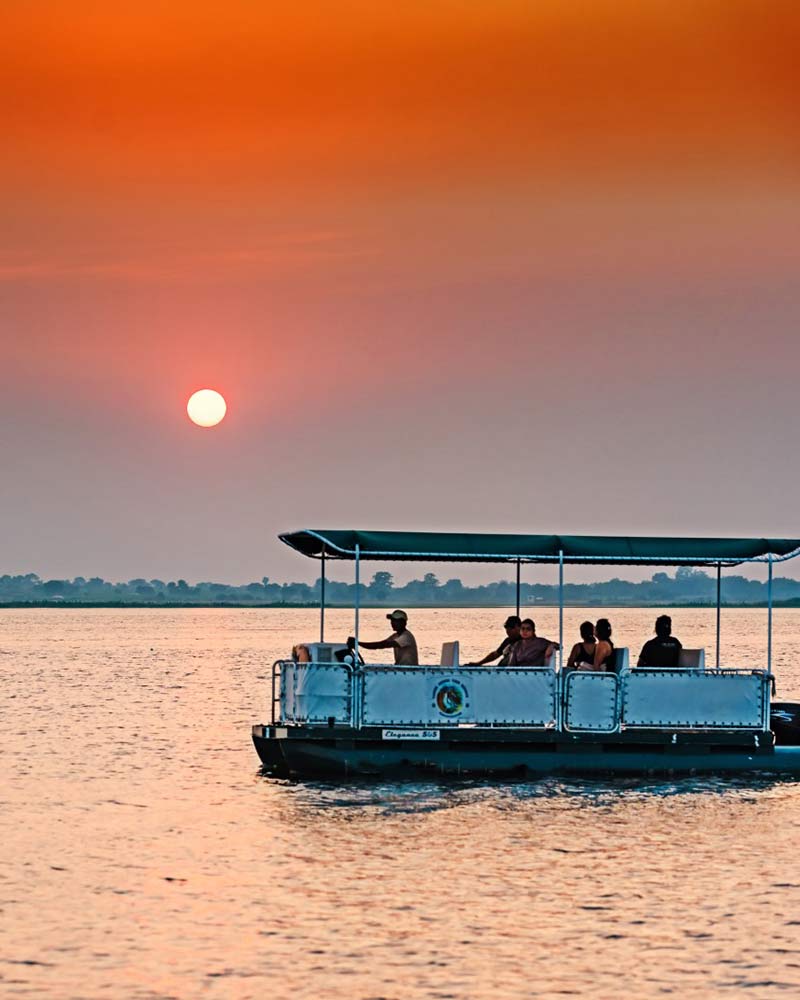
Best Time to Visit
It if often believed that due to the tropical climate, the best time to visit Tadoba Andhari Tiger Reserve are the months of November to March, however we believe that every season carries its own charm and shows us a different aspect of the forest altogether.
The summers, while very hot also promise great tiger sightings as most tigers come to the water sources to quench their thirst. It is not unusual to have multiple sightings during the same game drive during this season.
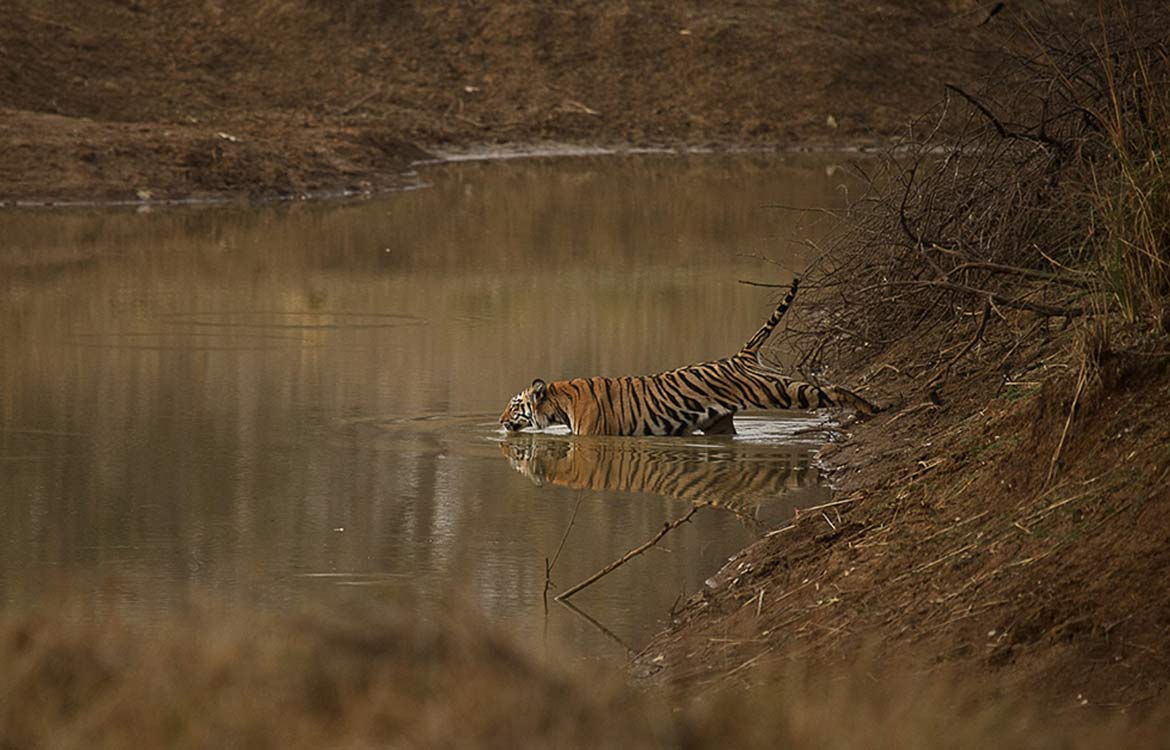
While the monsoons turn the park into lush green and are a sight to behold. The core zone remains shut during the months of July to September, however the buffer zones are open and allow safaris in them. Post September, the core zones delight the visitors with its dense forests, flowers and lush greenery. The tracking of the tiger does get more difficult after monsoons however due to the weather being comparatively cooler, this is the season when you often find tigers walking on the paths laid out for safari vehicles.
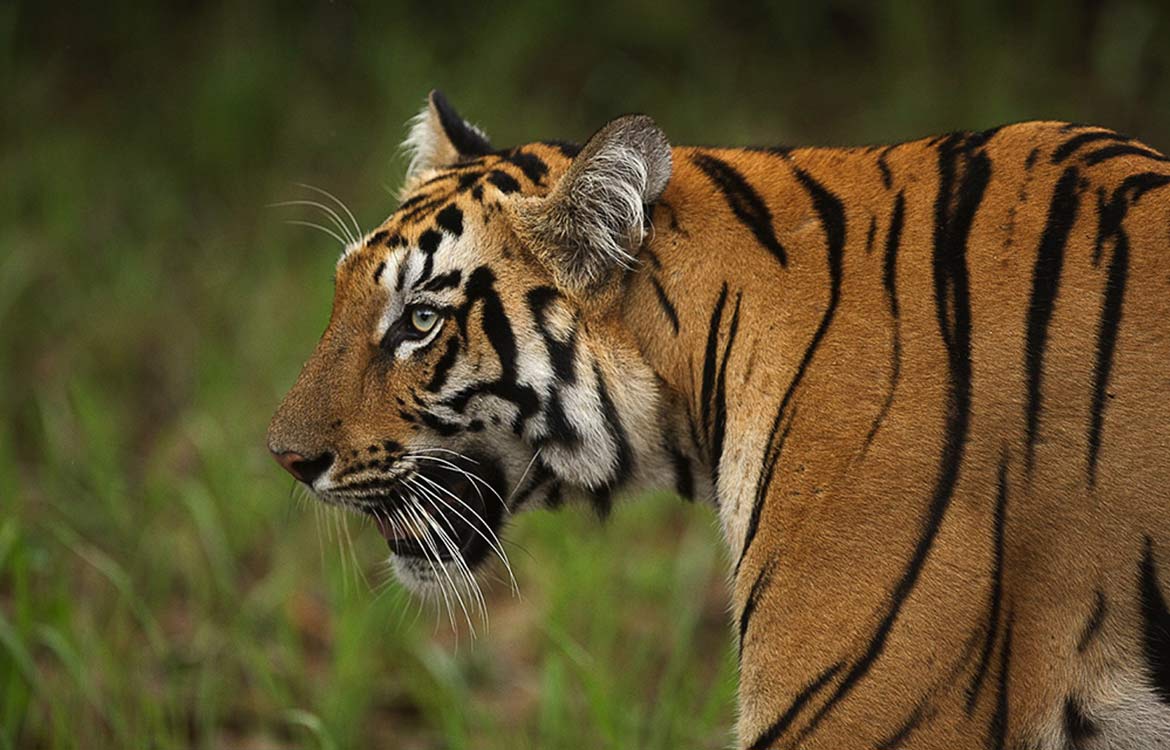
Where to Stay
Enquire Now
Personalise your experience in India’s most magnificent jungles.




